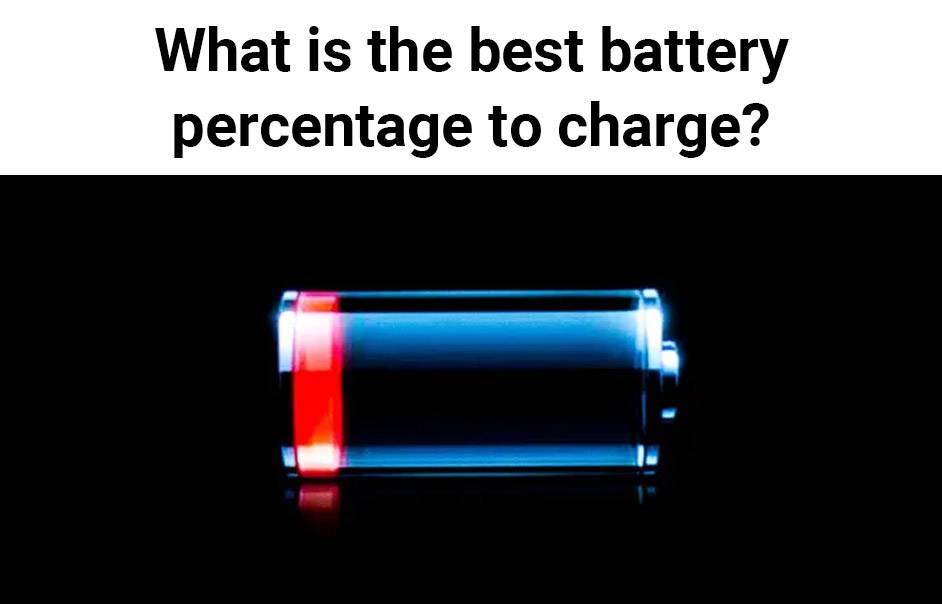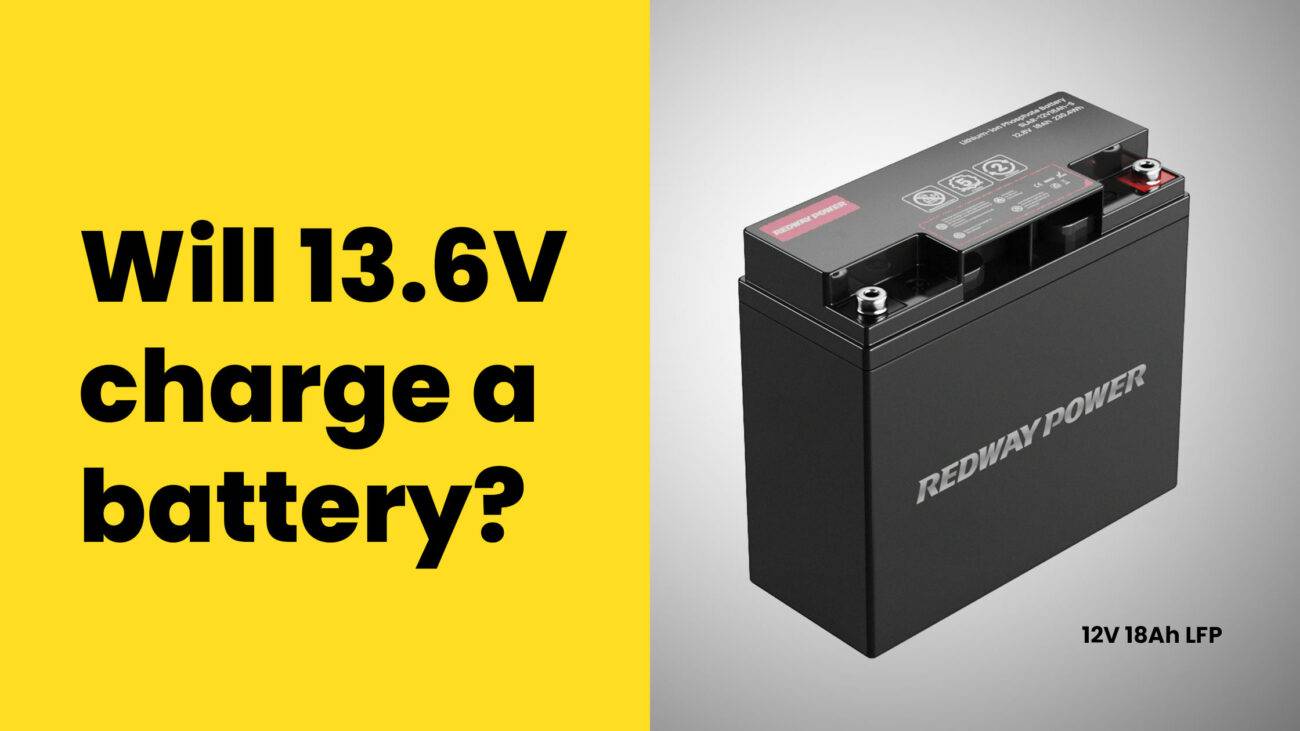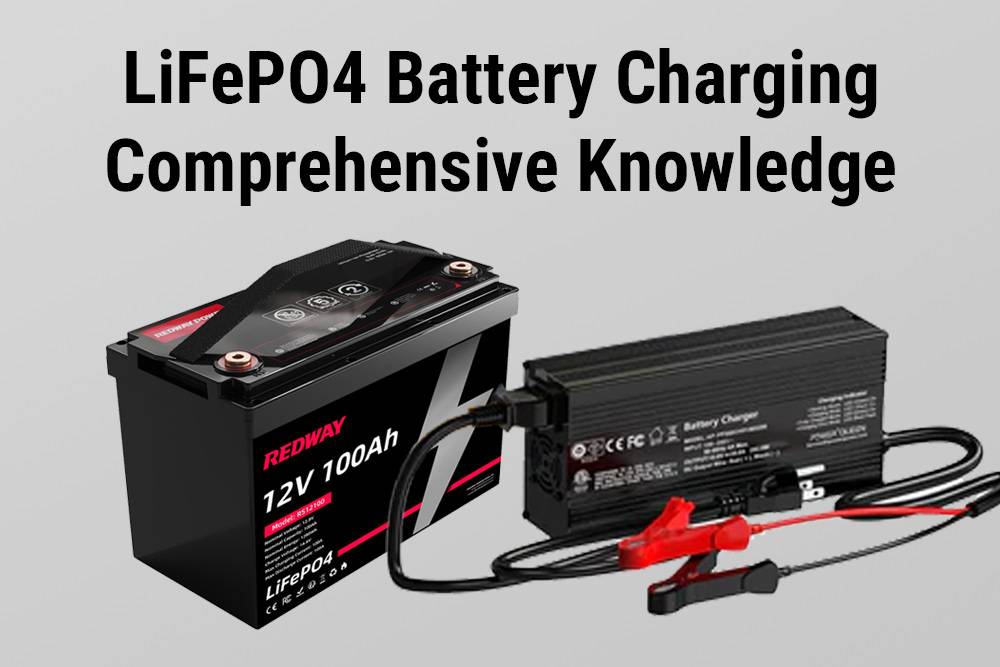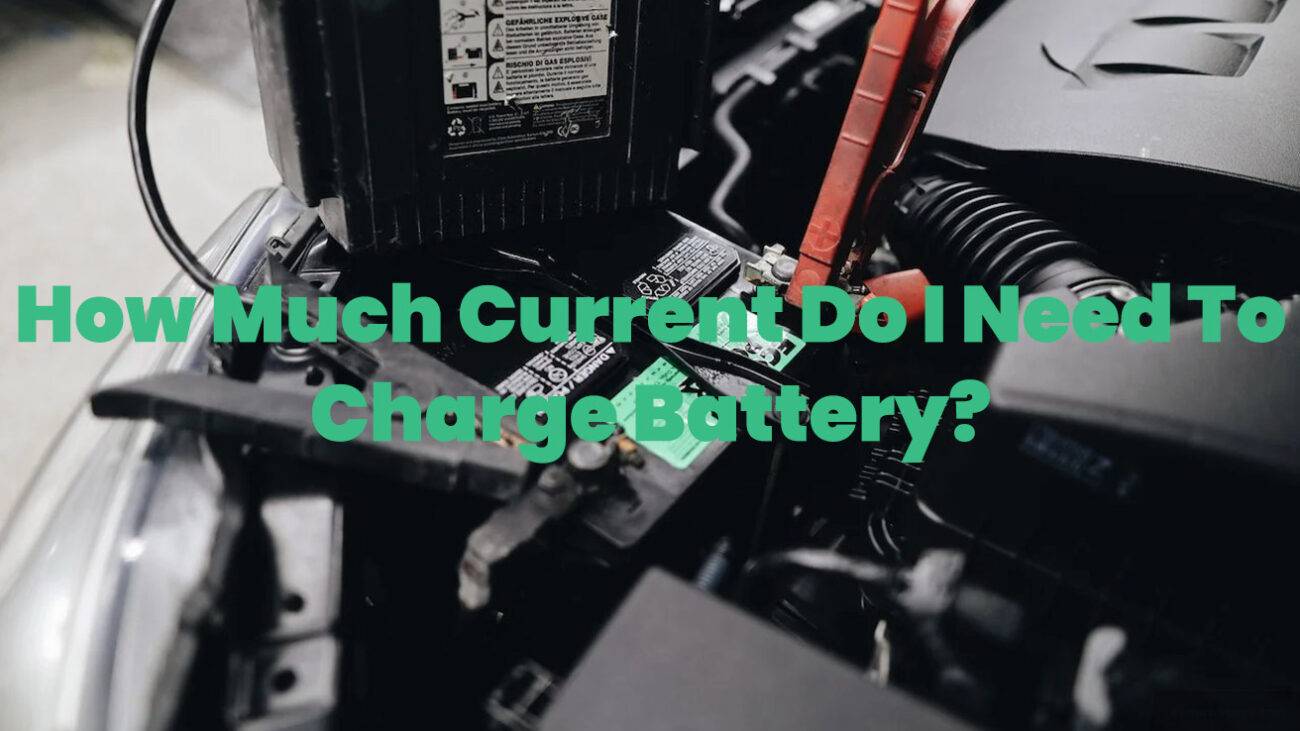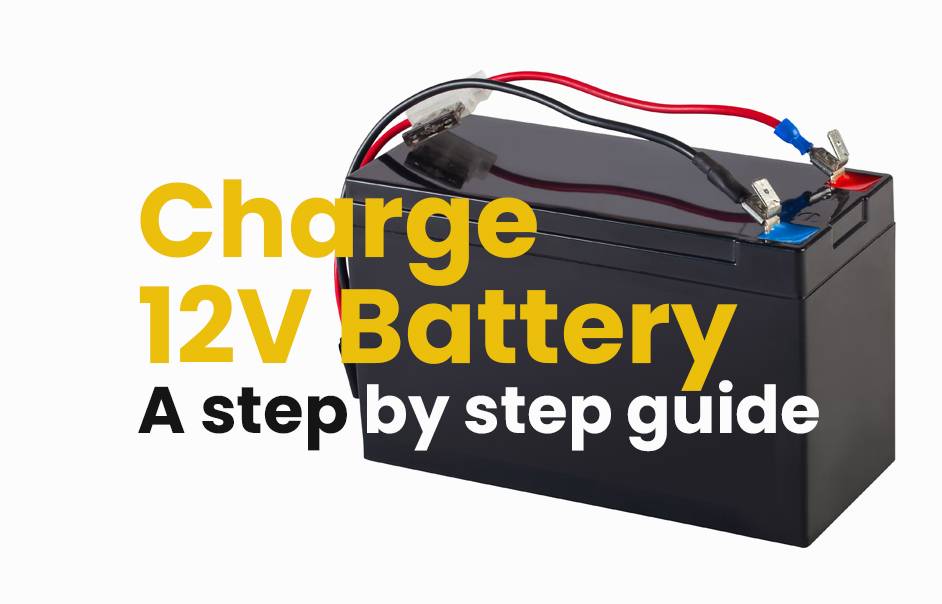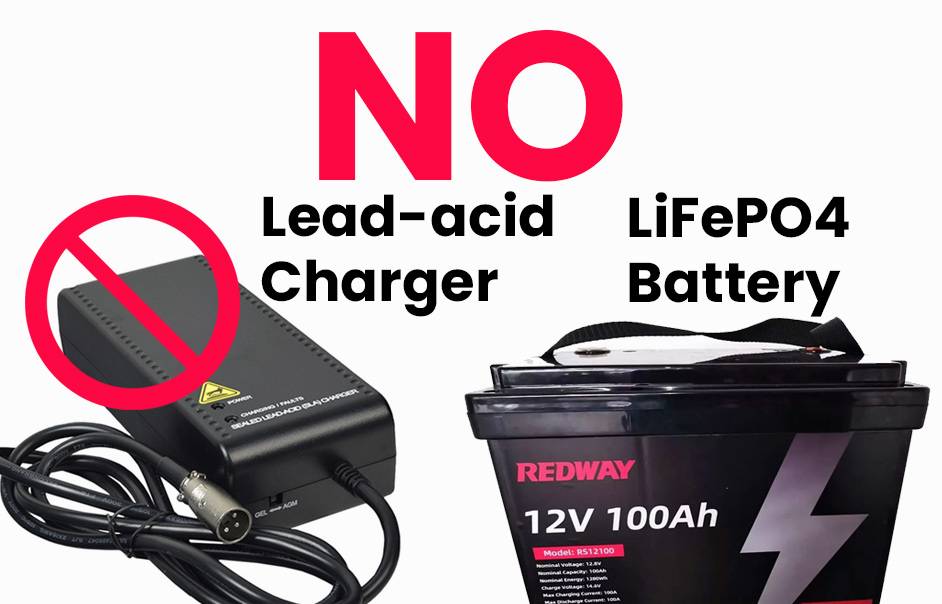Welcome to the world of battery charging! In this blog post, we’ll explore the science behind battery health and discover the best charging habits for maximum longevity. Whether you’re using your smartphone, laptop, or wireless headphones, understanding how to charge your batteries properly is essential. So, let’s dive in and power up your knowledge!
What is battery health and why is it important?
Battery health is crucial for keeping your devices running smoothly. It affects both the lifespan of your device and its overall performance. By maintaining optimal battery health, you can enjoy longer usage times and better device performance.
- Longer Lifespan: A healthy battery ensures that your device lasts longer without needing frequent recharges or replacements.
- Improved Performance: Peak battery condition leads to consistent power output, resulting in better device performance and fewer issues like slowdowns or crashes.
- Environmental Responsibility: Taking care of your battery reduces electronic waste, contributing to a greener planet and a smaller carbon footprint.
Effects of overcharging and undercharging
Overcharging and undercharging your device’s battery can harm its health and performance. Overcharging, which occurs when leaving the device plugged in after reaching 100%, can lead to heat generation and battery capacity reduction. Conversely, undercharging, or letting the battery drop too low before recharging, can cause capacity loss and shorter runtimes between charges.
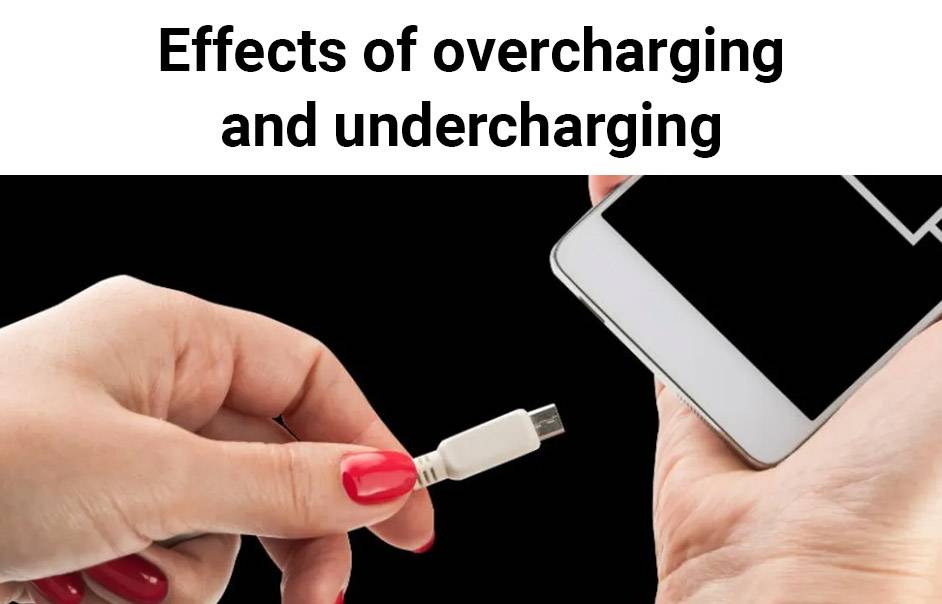
- Overcharging: Trickle charging after reaching full capacity generates excess heat, degrading battery capacity over time.
- Undercharging: Allowing the battery to reach critically low levels can lead to reduced overall capacity and shorter runtime between charges.
- Optimal Charging Range: Aim to keep your device charged between 20% and 80% to maintain long-term battery health, avoiding unnecessary stress or excessive depletion.
By following these guidelines and avoiding extremes in charging, you can maximize battery lifespan and ensure reliable performance. Always refer to the manufacturer’s recommendations for specific charging practices for your device.
Optimal battery percentage for different devices
Wondering about the best battery percentage for your devices? Different gadgets have varying optimal charging ranges for optimal performance and longevity.
- Smartphones and tablets: Aim to keep the battery level between 20% and 80% to ensure efficient charging and prolong battery lifespan. Avoid letting the battery drop below 10% to prevent strain.
- Laptops: Charge laptops between 40% and 80% to strike a balance between maintaining battery health and ensuring enough power for extended use.
- Smartwatches and fitness trackers: Maintain the battery level above 50%, but avoid keeping them at full capacity for too long to prevent affecting their overall lifespan.
Following these guidelines will help maximize device performance and increase battery longevity, allowing you to enjoy your gadgets worry-free!
Tips to prolong battery life
Want to make your device’s battery last longer? Check out these simple tips to prolong battery life and keep your device running smoothly.
- Adjust brightness: Lower your device’s brightness, especially in dimly lit environments, to conserve battery power effectively.
- Use Wi-Fi: Connect to Wi-Fi networks instead of relying solely on cellular data to reduce battery strain and save energy.
- Optimize apps: Monitor and limit the usage of energy-consuming apps, closing unnecessary ones running in the background to preserve battery life.
- Enable power-saving mode: Activate your device’s power-saving mode to adjust settings and extend battery life when charging isn’t readily available.
- Avoid temperature extremes: Protect your battery by avoiding exposure to extreme heat or cold, which can affect its performance.
- Charge regularly: Charge your device frequently rather than waiting for a complete discharge, as modern lithium-ion batteries benefit from regular charging.
- Disconnect peripherals: Unplug unused peripherals like Bluetooth devices to prevent them from draining battery power unnecessarily.
By following these tips consistently, you can maximize your device’s battery performance and prolong its lifespan.
Common misconceptions about charging batteries
Let’s debunk some common myths about charging batteries to help you care for your device more effectively.
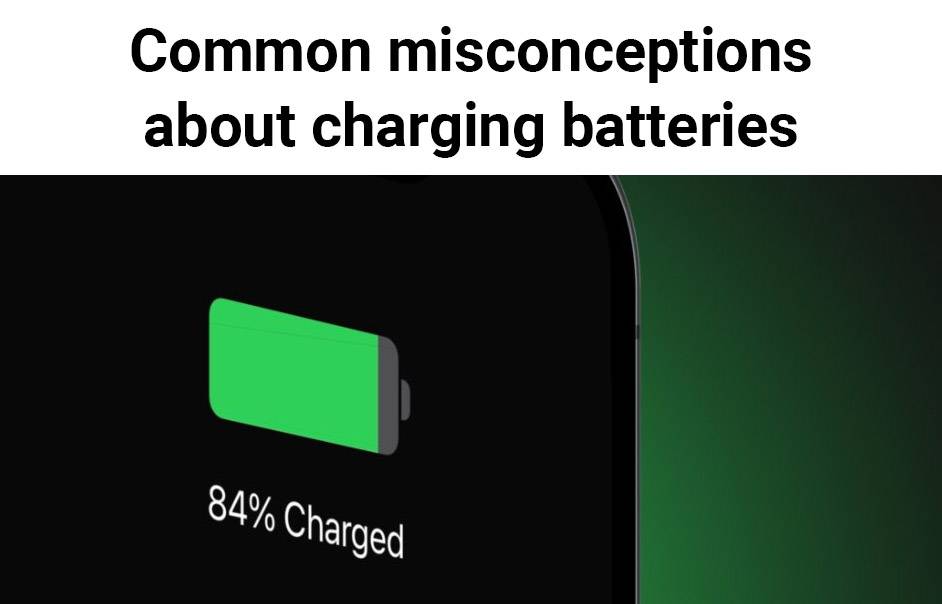
- You don’t need to drain your battery completely before recharging it. Modern lithium-ion batteries prefer shorter charging bursts rather than full discharges.
- Leaving your device plugged in overnight won’t harm the battery significantly, as most devices have built-in safeguards against overcharging.
- Using reputable third-party chargers and cables is generally safe and won’t damage your battery. While fast charging may generate more heat, most smartphones have mechanisms to manage this effectively.
- Closing unused apps or turning off features like Wi-Fi and Bluetooth won’t dramatically improve battery life on modern smartphones, as they’re designed to manage resources efficiently.
Understanding these myths correctly can help you maintain your device’s battery health without unnecessary worry or practices.
Latest developments in battery technology
Let’s explore some exciting advancements in battery technology that are shaping the future of our devices.
- Solid-state batteries: These innovative batteries use solid materials instead of liquid electrolytes, improving safety and increasing energy density for longer-lasting power.
- AI-powered battery management: Integrating artificial intelligence into battery systems allows for optimized charging patterns based on usage, enhancing battery health and efficiency.
- Alternative electrode materials: Researchers are investigating materials like silicon nanowires and graphene to improve energy storage capacity while reducing environmental impact, paving the way for more sustainable batteries.
These advancements promise to revolutionize various industries, from smartphones to electric vehicles, offering longer-lasting and more efficient power sources. By staying informed about these developments and adhering to best practices, we can ensure optimal battery performance for our devices.

